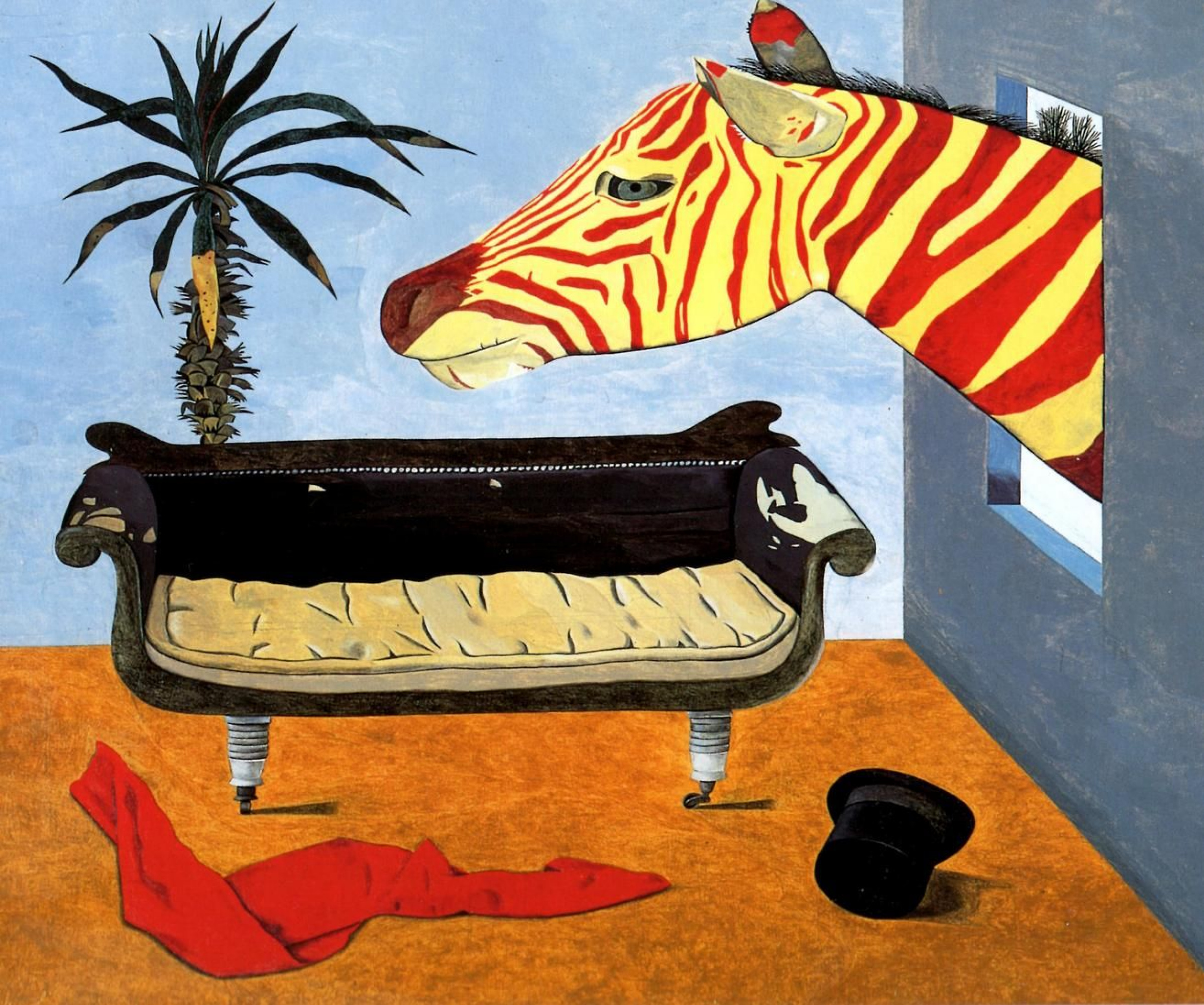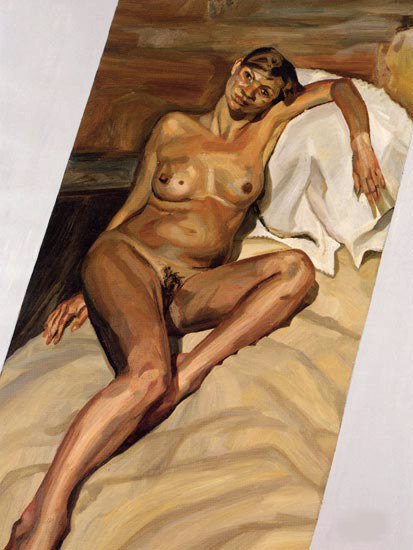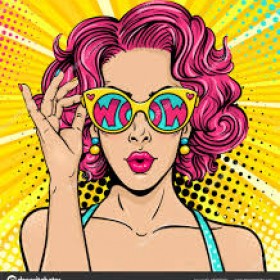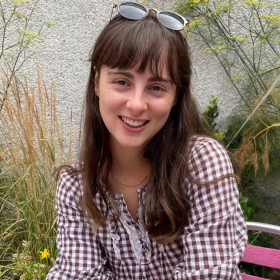Lucian Freud (1922- 2011) son of architect Ernst L. and Jewish mother, Lucie (née Brasch) and was a grandson of Sigmund Freud and came to England with his parents in 1931 and acquired British nationality in 1939.
Lucian was one of the 20th century's leading figurative painters. His portraits and nudes were made with a thickly weighted brush in an uncompromisingly confrontational fashion.
Lucian's artworks often had a unique psychological space and are noted for their psychological aura and often discomforting representation of the relationship between artist and model. When it came to Freud's work, only those close to him were painted by him: friends and family, wives and mistresses, and last but not least, himself.
Unlike many artists, Freud began making art and exhibiting it at a very early age. In 1938 one of his drawings was selected for a show of art by children at Peggy Guggenheim's London gallery. Although at the time the artist was sixteen, the drawing dates back to 1930, when Freud was eight.
Despite early talent, he ended up being kicked out of multiple schools due to unruly behavior; once for dropping his trousers in a public street. Nonetheless, art education started for Freud in 1939 when he began studying at the East Anglican School of Painting and Drawing in Essex.
Freud completed his studies in 1941 after a brief three-month period in the Merchant Navy and had started to take painting seriously by 1943. He then came to create one of his first significant works, The Painter's room.

I admire his use of colours here and their surreal influence on this particular piece of art. Most of his other works have a more washed-out presence. For me, the colours and tones he used suited this piece he drew, and it eccentrically conveys the zebra.
My favourite piece by Freud is this rather impressive nude painting of Kate Moss, painted on canvas with oil paints in 2002.

There is a lot to say about this piece, but what stands out to me is the way Lucian has turned the acclaimed 'beauty icon' Kate Moss into a waif-like looking model. You would expect an artist to paint Kate Moss, a world-known model in an aesthetic way and aggrandize her rather than immortalize her.
The use of orange/brown undertones catches my eyes. Kate isn't the palest person, but she isn't as bronzed in real life compared to this painting. Freud has made her have a darker skin tone, and I think it supplements the suggestion that this painting is quite grotesque.
The painting was done over 9 months and at the time she was pregnant but Freud kept her pregnant belly at the size of 5 months pregnant. This piece also has a natural sense of depth and space which is clear to the viewer's eye. You can notice how his brushstrokes are layered and heavy yet precise.
It intrigues me how Freud likes the use of subdued colours, he mainly works with the same shade of colours, in fact, his work could be seen as verging on the edge of monotone style work.
When I draw, I usually look for something normal and pleasant to draw, but now seeing Lucian's work, it has altered my thinking on what 'beautiful' is. Anyone briefly analyzing his art would merely say it's weird and uncomfortable, but if you examine deeper you'll find how sublime his artwork is.
Lucian Freud showed me that an artist doesn’t have to be grandiose to become noticed and famous, and you don't have to create what you may think others will normally find appealing, art is about just creating whatever you feel. He expressed himself through his artwork and his personality flowed into his paintings.
Note= In January, I will be watching 'Exhibition on Screen: Lucian Freud. I look forward to reviewing that as well!
References - https://www.theguardian.com/artanddesign/2019/oct/22/lucian-freud-the-self-portraits-review-royal-academy-london
https://www.tate.org.uk/art/artists/lucian-freud-1120
https://www.showstudio.com/projects/subjective/kate_moss_by_lucian_freud?autoplay=1
https://www.vanityfair.com/culture/2012/02/freud-201202









Fantastic research, Freya! How will this impact your Arts Award?